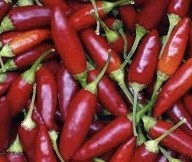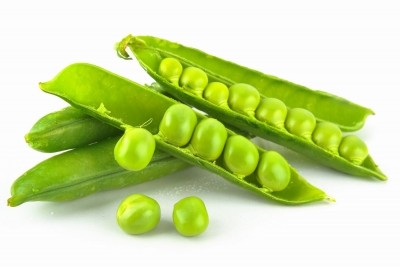Protein, fiber and flavor key to producing satiety, expert says

As formulators and food policy makers wrestle with the issue, food consultant and formulation expert Kantha Shelke, PhD, principal in Chicago-based food consultancy Corvus Blue LLC, sat down with FoodNavigator-USA to offer these insights into how the various components of foods interact to produce satiety.
Q: Do foods high in protein help produce a satiating effect?
A: There is convincing evidence that increasing protein intake increases thermogenesis and satiety compared to diets with lower protein content. The weight of evidence also suggests that high protein meals lead to a reduced subsequent energy intake. There is also evidence suggesting that diets higher in protein lead to increased weight loss and fat loss as compared to diets lower in protein. A cautionary note: although recent evidence supports potential benefit, rigorous longer-term studies are necessary to investigate the effects of high protein diets on weight loss and weight maintenance and also must be evaluated against the backdrop of customary dietary practices and individual variability.
Q: What’s the role of dietary fiber in satiety?
A: The term ‘fiber’ is a catchall term for many types of dietary fiber, with rigorous on-going debate as to its precise definition. Attempts by scientists to quantify the effects of fiber on satiety in humans are equivocal at best and are further confounded by suppliers with vested interest.
Fiber affects satiety by stimulating specialized enteroendocrine cells in the gut wall to secrete “gut satiety hormones” which signal fullness to feeding centers in the brain. Satiety through fiber is a sustainable and natural physiological approach…but an increased understanding is required of the interactions between fiber and gut satiety hormone signaling. Also, not all fibers behave this way.
Q: How about sweetness level and fat content? Are sweet or fatty foods more or less satiating than alternatives that rank lower on these scales?
A: Studies demonstrate that sweeteners and fat produce different effects on satiety and follow altogether different mechanisms. While fat can satiate, its effect is not rapid enough to suppress appetite and can lead to passive over-consumption of energy. Although sweeteners can satiate hunger, their effects are short-lived, and as soon as the glucose level in the blood drops, the person feels hungry, and often ravenously so.
Ounce for ounce and calorie for calorie fat and sweetener cannot surpass the satiety and the accompanying health benefits of dietary fibers.
Science shows that foods with greater insulin responses are associated with lessened satiety than foods with lower insulin responses. The results suggest that increased rate of starch digestion and the subsequent higher insulin responses are associated with lessened satiety.
Q: Is mouthfeel an important aspect of a given food’s satiety potential?
A: Sensory-specific satiety may have an important influence on hunger and the amount of food eaten. Studies have shown that increasing the variety of foods can increase food and energy intake and in the short to medium term alter energy balance.
While flavors and flavor combinations can improve satiety, the connection between flavors and satiety is peculiarly slanted to one’s history and ethnicity.
For example, some universal traits or biases toward flavor exist at birth: almost everyone is born liking sweet and disliking bitter tastes; but some cultures (Asian, African) are more easily satiated by sweetness than others (Caucasian, Middle Eastern).
Humans, unlike other animals, have a short tolerance of flavors. This is why we seek variety in our meals and why, we stop eating the broccoli or the carrots on our plate and move on to the potatoes and from there to other foods. This is also why we cannot consume too much of intensely flavored foods – such as mushrooms, tomato sauce, stilton cheese, etc.
Combining intensely flavored foods is one way to help the brain feel full faster and thereby curb both calorie and portion intake.























